New technique may help detect Martian life
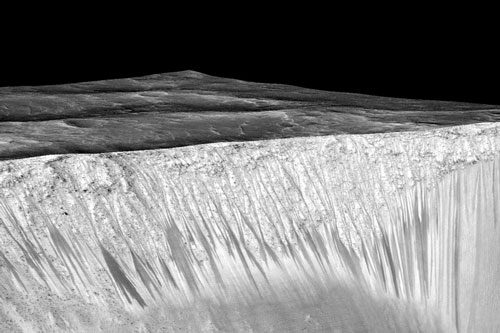 A novel interpretation of Raman spectra will help the 2020 Mars rover select rocks to study for signs of life.
A novel interpretation of Raman spectra will help the 2020 Mars rover select rocks to study for signs of life.
Aug 16th, 2016
Read more
 Subscribe to our Space Exploration News feed
Subscribe to our Space Exploration News feed
 A novel interpretation of Raman spectra will help the 2020 Mars rover select rocks to study for signs of life.
A novel interpretation of Raman spectra will help the 2020 Mars rover select rocks to study for signs of life.
Aug 16th, 2016
Read more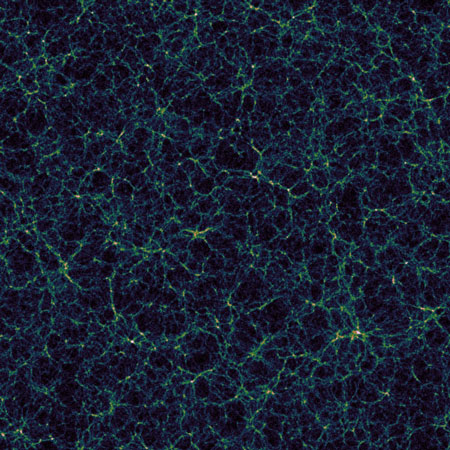 A lot of information contained in cosmic voids, study suggests.
A lot of information contained in cosmic voids, study suggests.
Aug 11th, 2016
Read more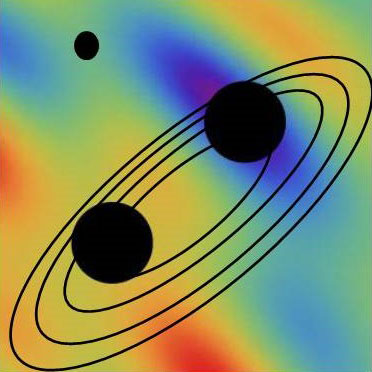 New theory proposes scenario for the origin of the universe.
New theory proposes scenario for the origin of the universe.
Aug 10th, 2016
Read more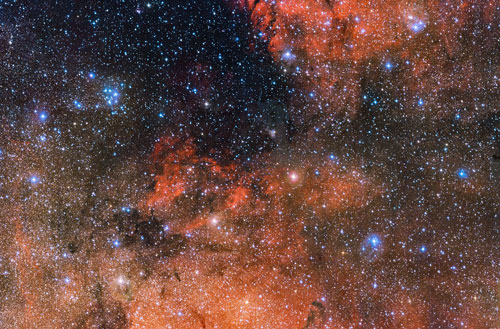 There are over 1000 known open star clusters within the Milky Way, with a wide range of properties, such as size and age, that provide astronomers with clues to how stars form, evolve and die. The main appeal of these clusters is that all of their stars are born together out of the same material.
There are over 1000 known open star clusters within the Milky Way, with a wide range of properties, such as size and age, that provide astronomers with clues to how stars form, evolve and die. The main appeal of these clusters is that all of their stars are born together out of the same material.
Aug 10th, 2016
Read more DESI, the Dark Energy Spectroscopic Instrument, will measure light from 35M galaxies to provide new clues about dark energy.
DESI, the Dark Energy Spectroscopic Instrument, will measure light from 35M galaxies to provide new clues about dark energy.
Aug 9th, 2016
Read more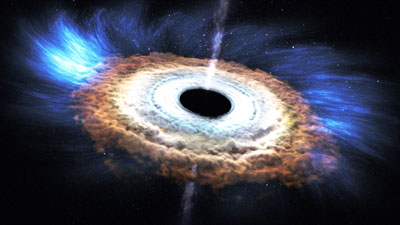 A recent study suggests that matter might in fact survive its foray into black holes and come out the other side.
A recent study suggests that matter might in fact survive its foray into black holes and come out the other side.
Aug 5th, 2016
Read more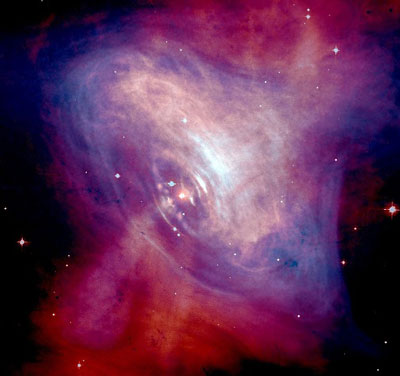 New research shows pulsars can be used to obtain position along a particular direction in space to an accuracy of 2km.
New research shows pulsars can be used to obtain position along a particular direction in space to an accuracy of 2km.
Aug 4th, 2016
Read moreDo neutron stars contain exotic matter in the form of dense deconfined quark matter?
Aug 2nd, 2016
Read more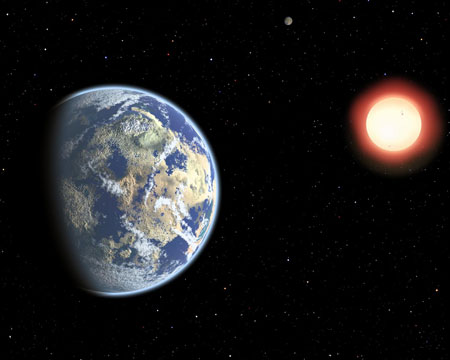 The universe is 13.8 billion years old, while our planet formed just 4.5 billion years ago. Some scientists think this time gap means that life on other planets could be billions of years older than ours. However, new theoretical work suggests that present-day life is actually premature from a cosmic perspective.
The universe is 13.8 billion years old, while our planet formed just 4.5 billion years ago. Some scientists think this time gap means that life on other planets could be billions of years older than ours. However, new theoretical work suggests that present-day life is actually premature from a cosmic perspective.
Aug 1st, 2016
Read more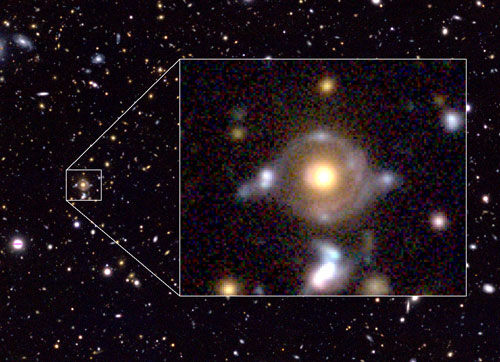 An international team of researchers have discovered an extremely rare, double source plane gravitational lensing system, in which two distant galaxies are simultaneously lensed by a foreground galaxy. The team dubbed the system 'Eye of Horus'. Such a rare system is a unique probe of fundamental physics of galaxies and cosmology.
An international team of researchers have discovered an extremely rare, double source plane gravitational lensing system, in which two distant galaxies are simultaneously lensed by a foreground galaxy. The team dubbed the system 'Eye of Horus'. Such a rare system is a unique probe of fundamental physics of galaxies and cosmology.
Jul 26th, 2016
Read more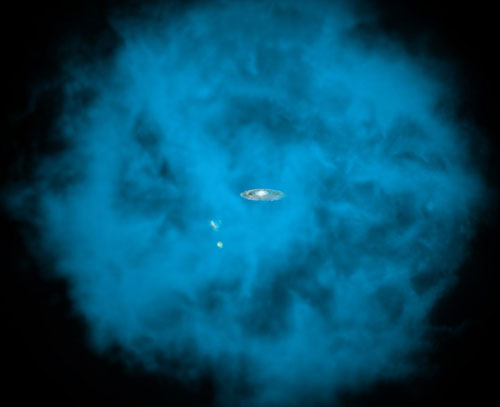 Astronomers have discovered for the first time that the hot gas in the halo of the Milky Way galaxy is spinning in the same direction and at comparable speed as the galaxy's disk, which contains our stars, planets, gas, and dust. This new knowledge sheds light on how individual atoms have assembled into stars, planets, and galaxies like our own, and what the future holds for these galaxies.
Astronomers have discovered for the first time that the hot gas in the halo of the Milky Way galaxy is spinning in the same direction and at comparable speed as the galaxy's disk, which contains our stars, planets, gas, and dust. This new knowledge sheds light on how individual atoms have assembled into stars, planets, and galaxies like our own, and what the future holds for these galaxies.
Jul 25th, 2016
Read moreFlown on a SpaceX rocket to the International Space Station, an experiment shows that large-volume protein crystals, needed for some experiments in drug design, can be grown bigger and better in space than on Earth.
Jul 25th, 2016
Read more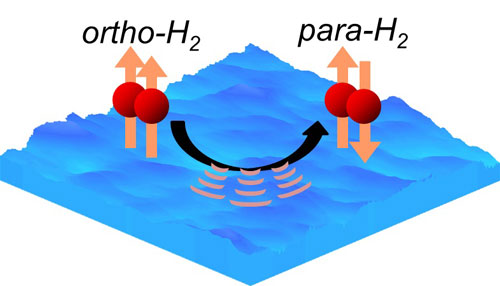 Scientists have revealed temperature-dependent energy-state conversion of molecular hydrogen on ice surfaces, suggesting the need for a reconsideration of molecular evolution theory.
Scientists have revealed temperature-dependent energy-state conversion of molecular hydrogen on ice surfaces, suggesting the need for a reconsideration of molecular evolution theory.
Jul 22nd, 2016
Read more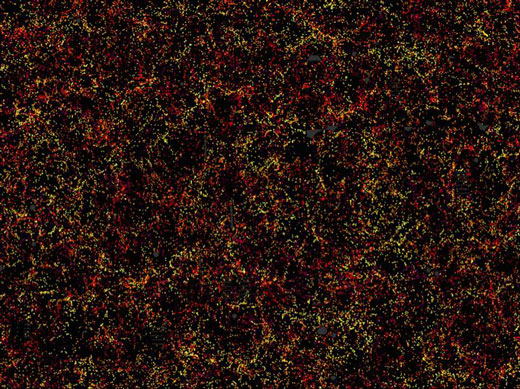 A team of hundreds of physicists and astronomers have announced results from the largest-ever, three-dimensional map of distant galaxies. The team constructed this map to make one of the most precise measurements yet of the dark energy currently driving the accelerated expansion of the Universe.
A team of hundreds of physicists and astronomers have announced results from the largest-ever, three-dimensional map of distant galaxies. The team constructed this map to make one of the most precise measurements yet of the dark energy currently driving the accelerated expansion of the Universe.
Jul 14th, 2016
Read more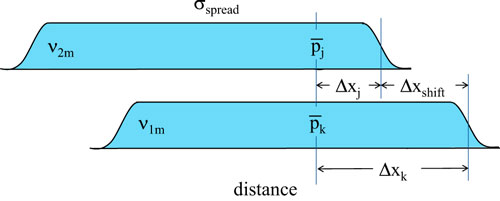 Theory to explain collective effects of neutrinos inside supernovae strengthened.
Theory to explain collective effects of neutrinos inside supernovae strengthened.
Jul 12th, 2016
Read more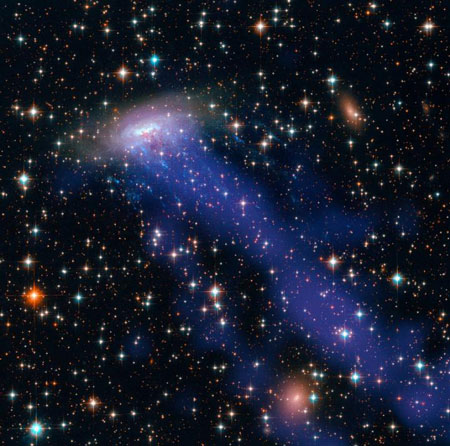 A team of astronomers examined around 70,000 galaxies to address an important unsolved mystery in astrophysics.
A team of astronomers examined around 70,000 galaxies to address an important unsolved mystery in astrophysics.
Jul 9th, 2016
Read more Astronomers have discovered evidence for an unusual kind of black hole born extremely early in the universe. They showed that a recently discovered unusual source of intense radiation is likely powered by a 'direct-collapse black hole', a type of object predicted by theorists more than a decade ago.
Astronomers have discovered evidence for an unusual kind of black hole born extremely early in the universe. They showed that a recently discovered unusual source of intense radiation is likely powered by a 'direct-collapse black hole', a type of object predicted by theorists more than a decade ago.
Jul 7th, 2016
Read more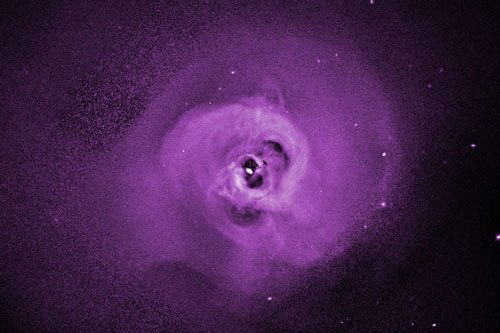 Scientists find gas at center of Perseus cluster travels much more slowly than expected.
Scientists find gas at center of Perseus cluster travels much more slowly than expected.
Jul 7th, 2016
Read more